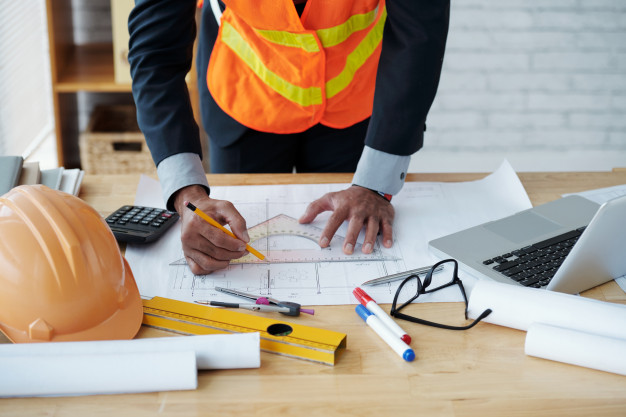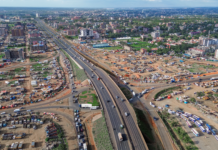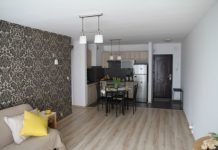A 1,000 square foot apartment covers 1,000 square feet, right? Doesn’t matter if you’re buying in Nakuru, Kilimani, Pangani or even Mombasa…when you pay for 1,000 square feet, isn’t that what you get? Surprisingly, the answer is: not always.
Most of us use an area’s average price per square foot or per square meter as a gauge to know how much of a good deal we’re getting when we buy. For that reason, you need to know that you’re getting what’s been advertised.
Imagine this:
Let’s take apartments. Not all 1,000 square feet apartments are equal (most African countries use square meters; for a quick conversion, multiply square meters by 10 to get square feet). Some 1,000 square foot apartments can feel spacious, while others feel cramped.
A lot depends on the internal layout, and how many rooms the architect has squeezed in. But sometimes it’s more than just the layout. Sometimes it’s the fact that one 1,000 square foot apartment is just plain bigger than the other.
It all depends on how that 1,000 square foot is calculated. Is it only interior living space, or does it include balconies, terraces, storage areas, and balconies? In some places, that outside space counts towards the size of your unit.
Some markets count outside areas, but at a different value; maybe half the average price per foot. It costs significantly less to construct a patio or balcony than a bathroom or kitchen, after all.
Similarly, ask if the 1,000 square feet includes common areas (halls, stairways, or entryways). Is the measurement from the outside or inside walls? Yes, that sounds crazy; who can live in wall space? But that’s how it’s sometimes calculated.
What’s the point?
The point is, don’t take that 1,000 square feet at face value. Ask how it was calculated, and what it does (and doesn’t) include. Measure the space yourself. That way you’ll know for sure what you’re paying for.
Related: How to Calculate your House’s Square footage
And you do need to know.
Overpay now, and when it comes to rental or resale time, you could face a shock. If the average sale value in your location is kes 20,000 a square foot, and you pay kes 20,000,000 for your 1,000 square foot luxury apartment, you don’t want to find out later that the market’s only giving you credit for 850 feet.
In reality, the most important thing is not what’s counted or not counted in a given market…it’s that you consistently compare the value of one property to the next when deciding what you’re going to pay…and that what you’re paying is consistent with the local market pricing for the living space you’re getting.
What about land?
The same applies to land parcels. Here, you pay a price per acre or hectare. And again, you need to measure the land yourself. Often, large land parcels stay in the same family for generations. The deed may quote landmarks (the house, the boundary of another piece of land) that no longer exist. Often the family isn’t sure of the boundaries, or how much land they have.
We’ve seen wide variations in the amount of land in a parcel, from different sources – the seller, the brokers involved, the neighbours. In some cases, the reality is half the size the confused owner had told you.
You need an accurate survey to fix the boundaries and determine exactly how much land there is. That way, you pay market value, not an inflated price.
So, ask what you’re paying for. Ask how the measurements were calculated. And then measure it yourself, or have a survey done. Just doing that little extra homework when you’re buying could mean the difference between a healthy profit – or a disappointing loss – later on, when it comes to selling or renting the property.














